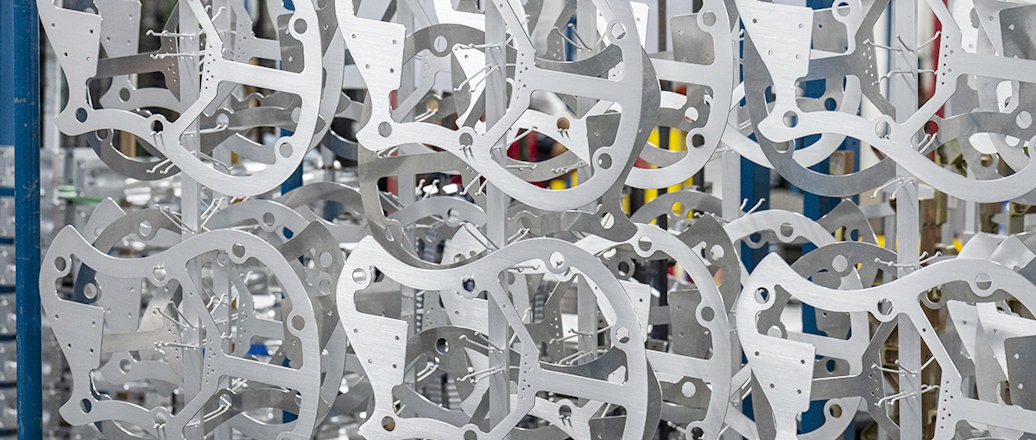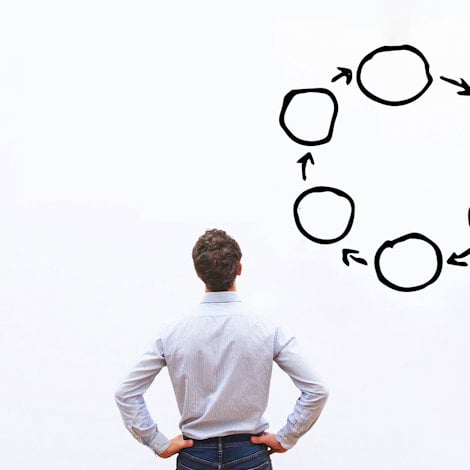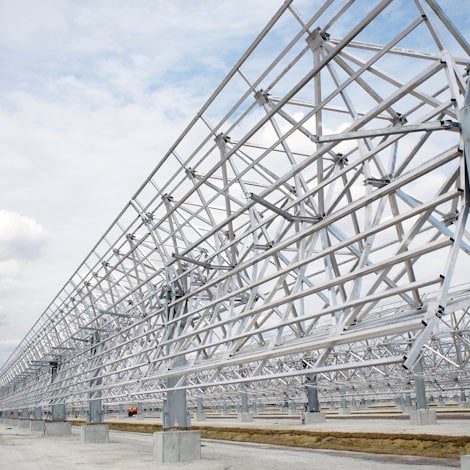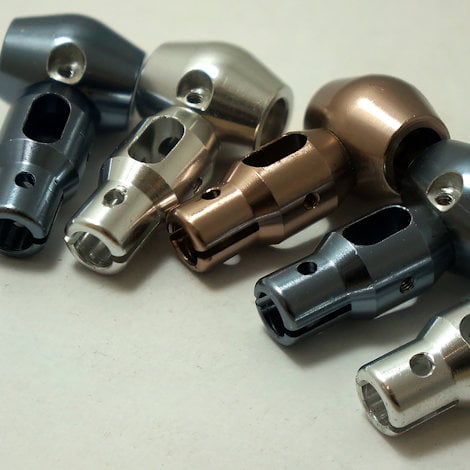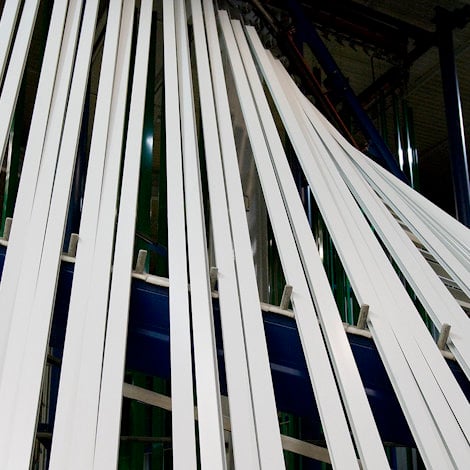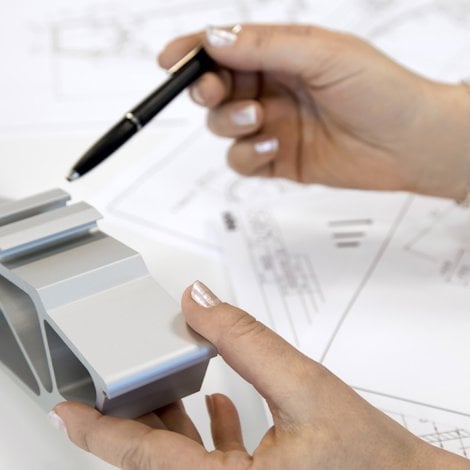How can we make the process of anodizing aluminium more sustainable?
The process of anodizing aluminium does not create hazardous waste. Anodizers neutralize, remove and recycle the chemicals used in the process, and treat wastewater responsibly. But when customers ask whether we can improve our process in a sustainable manner, I have to say yes. Our industry needs some change, and I expect this to come quite soon.
BWB Surface Technology is an expert in surface technology. We specialize in electrolytic, chemical and galvanic surface coatings, with our core competence in anodizing of aluminium. We have been doing this since 1963, from our home base in Switzerland.
Since then, there have been huge improvements. But more will come.
Changes in process of anodizing aluminium
Probably the most visible change since we started is that, previously, operators worked alongside the anodizing tanks, usually operating a crane and the tank. Today, state-of-the-art lines are automated lines. Now the operator runs a computer.
In addition, the chemical analysis of the electrolytes has improved a lot. We use a much narrower range of concentration of e.g. sulfuric acid, and we carry out a lot more chemical analysis. We used to analyze the tanks once a week or once a month. Now we analyze daily, sometimes twice a day.
There are two main reasons for this. One is because there is a lot more specification and certification. Four of our plants anodize applications for the aerospace industry, which has clear specs that define how you’re supposed to work and traceable working protocols must be provided. The other reason is you need less chemicals than before. The anodizing process has become more ecological.
Improved wastewater treatment after anodizing
Another aspect that has changed a lot, beside chemical analysis, is wastewater treatment.
Certain chemicals used before are banned by the Registration, Evaluation, Authorisation and Restriction of Chemicals (REACH), which is a European Union regulation – and this has had a huge impact on our industry. One of the benefits is that it has forced our industry to shift from chromic acid to less harmful alternatives.
Yes, the anodizing process is more or less the same as always – it is a robust process – but we cannot put barely neutralized wastewater in rivers as some would have done 50 years ago. This is why many of the older plants were built by rivers. Fortunately, you are not allowed to do that anymore. It was a good step forward. Today, most of what comes out of our plants is more or less drinkable water.
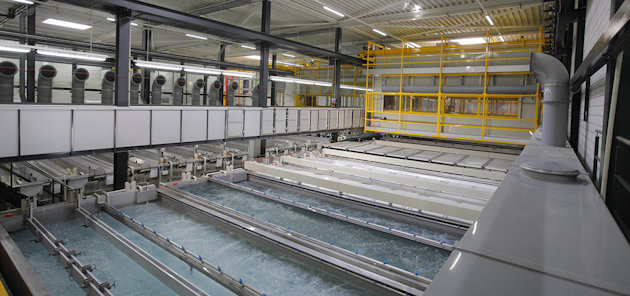
Energy efficiency in anodizing process
Following the climate conference in Glasgow, we can see some changes that will need to come.
The anodizing process uses a lot of energy for heating and electricity for the electrochemical process. Today, methane gas, oil or electricity is used to heat the tanks, in other places, wood pellets or other alternatives are used. This will be changing. The industry as a whole will be moving toward the use of sustainable energy sources, renewable sources. Why? Because a lot of clients are now asking where we get our power from.
I’m sure the next five or 10 years we will see big changes here. I’m positive about this.
Also coming is the carbon footprint of our process. We have certain clients, such as in the building industry, where the carbon footprint is a big issue that cannot be neglected. Per plant, per batch, they will be asking for the footprint. And we will need to be ready and provide the data as good as we can.
Society in general has been driving these changes, and you have to respond.

